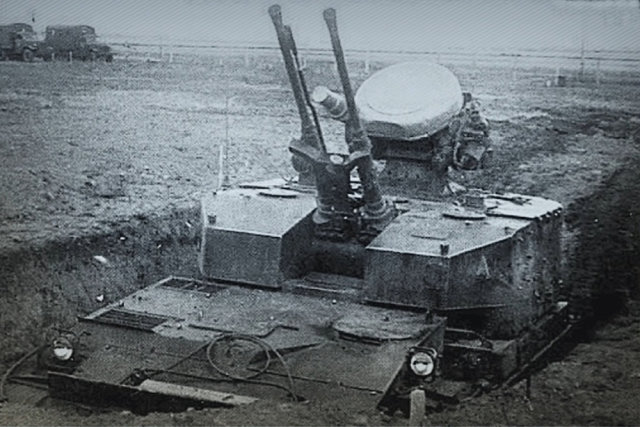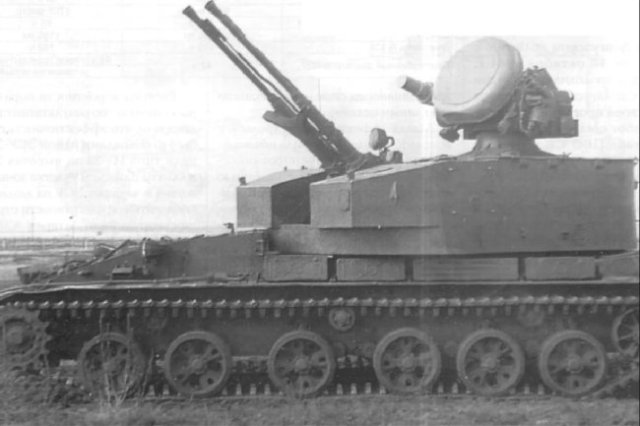In the late 50s, work began on a new anti-aircraft self-propelled gun in the Soviet Union. It received the designation ZSU-37-2 "Yenisei" or Object 119. At the same time, the design of the ZSU-23-4 "Shilka" was carried out. It was planned that the former would enter service with tank formations and units, and the latter with motorized rifle troops with lighter combat vehicles.
This technique was supposed to first replenish and then replace the famous "infernal threshers" ZSU-57-2, as well as ZPTU-2 with paired 14.5 mm machine gun mounts on the chassis of wheeled armored personnel carriers BTR-40 and BTR-152, which were no longer fully capable of fighting modern air targets at that time.
Also, an additional incentive to the creation of these air defense means was the appearance in the American troops stationed in Europe and their allies of the double-barreled 40-mm ZSU M42 Duster, made on the chassis of the M41 Walker Bulldog light tank.
As the name implies, the ZSU-37-2 is armed with two 37-mm 2A12 "Angara" guns with a total rate of fire of more than 1,000 rounds per minute. Ammunition - 540 shells. The height and firing range is 4500 meters.
The Baikal airborne radar station could detect "fighter" and "attack aircraft" class targets at distances of 2000 meters.
The engine power is 400 hp. The maximum speed on the highway is 60 km / h, on rough terrain - 25 km / h. The fuel reserve is 450 km. Combat weight - 27500 kg. The crew is 4 people.
The tests of the Yenisei began in the early 60s. The machine demonstrated high firepower, according to its effectiveness, one such self-propelled gun could replace four ZSU-57-2 at once.
However, they decided to limit themselves to the production of one "Shilka", since the guns and ammunition used in it were already produced by the domestic industry, and the Yenisei had original and not yet serial. At the same time, many experts and military historians believe that the rejection of the ZSU-37-2, which could pose a threat to NATO attack aircraft and helicopters, was a big mistake.

Alexey Moiseev

